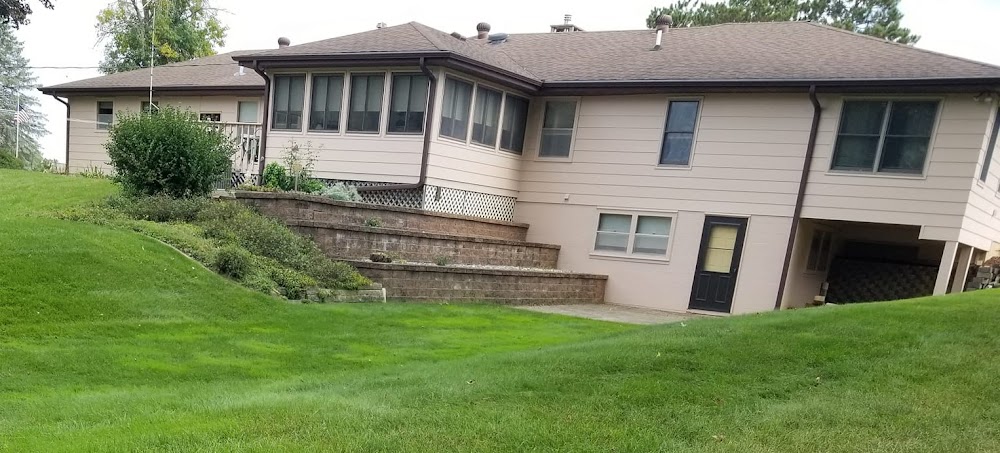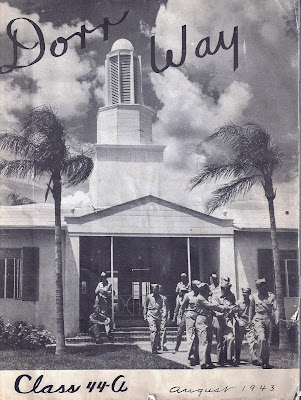It was right after Christmas in 1983, when we lived in Newcastle, CA but this took place in the then rural area of Penryn, a village established by Welsh quarry miners in the 1800's. We were at the home of friends for cocktails and were to meet others for dinner but this couple announced that they had a meal to take to a traveling family before we all went for dinner, the delivery would be on our way. It was and remains the oddest traveling group we have ever known of then or since. Today we recall little about the particulars and unfortunately at that time I was not journaling faithfully nor blogging, else I would have more information to share today. When we arrived at this rail road property less than a mile from our friends' ranch, with the platters of hot food she delivered, my mouth fell open at the sight. The weather is cold in Northern California in December and January, damp and foggy, bone chilling at times.
This family was from Arkansas and were journeying on their last leg through northern California with nothing more than wagons, mules and burro. They were some sort of early survivalists perhaps or what? John, the man was intent on making this journey to the central valley of CA where his family lived and employment awaited but that was not his primary vision. He wanted to do this adventure while he was still young enough, was fascinated by the western tales of wagon trains and the like and wanted to be able to say he did this, the old time way. One could say he lived his dream or nightmare. They had been on the road over a year when we met them, an extremely long slow journey. This is before easily available cell phones, Internet and Facebook.
Apparently John had some connections with the rail road lines and was able to stay on rail property so they rather followed the lines when they could. They stayed in this spot for a couple weeks and accepted charity of food and animal feed but would not accept cash. They allowed us to take photos after we returned with food and blankets. By that time they had become acquainted with many locals who all came out to see this sight and help them out.
 |
| Another local man brought them supplies while we were there and the woman was moving them with the burro |
 |
| They had a type of double expandable cart system which the man had designed and built himself. Some one had given them the two geese they kept in a cage. More of their menagerie |
 |
| This is the woman, mother of the two children. The boy was about four years old and the girl about six. |
 |
| The burro |
 |
| One of their mules.... |
Click on the link to see what others have to share in this week of carts and beasties. http://sepiasaturday.blogspot.com/2013/05/sepia-saturday-179-1-june-2013.html
























.jpg)





















